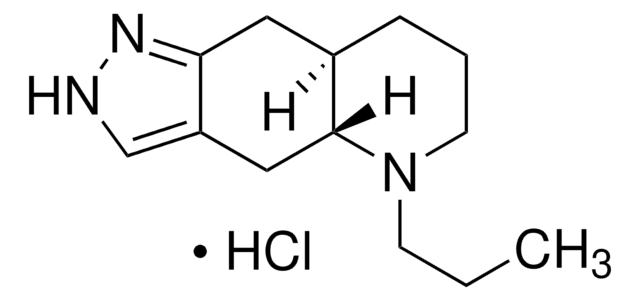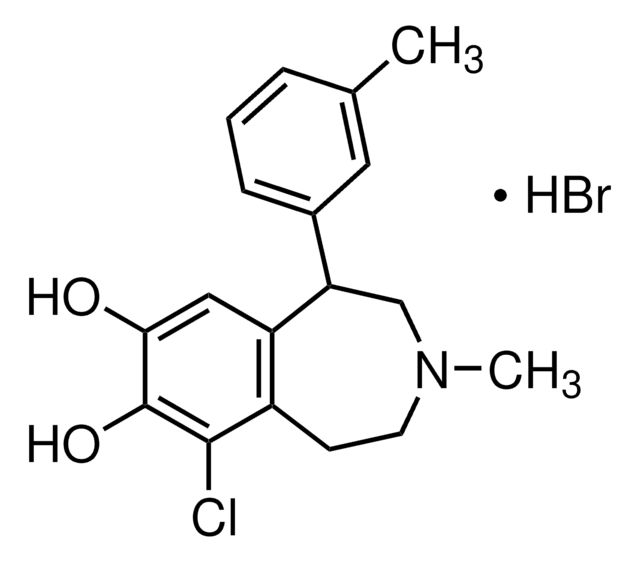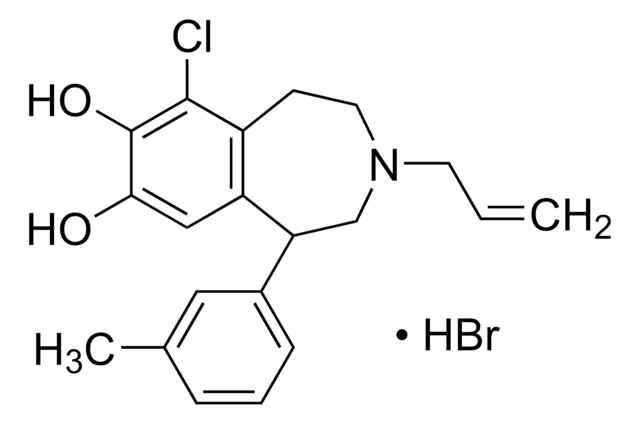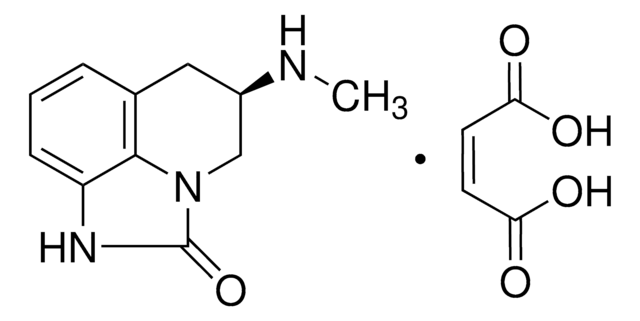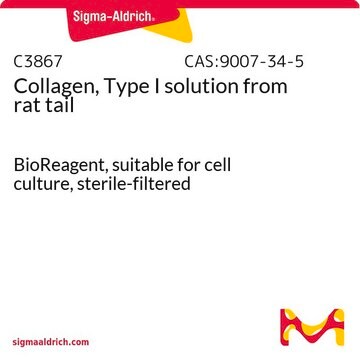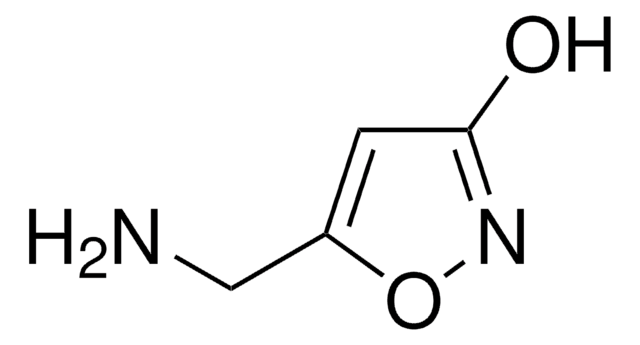S179
R(+)-SKF-81297 hydrobromide
≥98% (HPLC), solid
Sinonimo/i:
R-(+)-6-Chloro-7,8-dihydroxy-1-phenyl-2,3,4,5-tetrahydro-1H-3-benzazepine hydrobromide
About This Item
Prodotti consigliati
Saggio
≥98% (HPLC)
Stato
solid
Attività ottica
[α]22/D +15.14°, c = 0.52 in DMF(lit.)
Condizioni di stoccaggio
desiccated
protect from light
Colore
white to off-white
Solubilità
H2O: 6 mg/mL
DMSO: soluble
Stringa SMILE
Br[H].Oc1cc2[C@H](CNCCc2c(Cl)c1O)c3ccccc3
InChI
1S/C16H16ClNO2.BrH/c17-15-11-6-7-18-9-13(10-4-2-1-3-5-10)12(11)8-14(19)16(15)20;/h1-5,8,13,18-20H,6-7,9H2;1H/t13-;/m1./s1
RMIJGBMRNYUZRG-BTQNPOSSSA-N
Applicazioni
- to test it effect on the spike firing in rat retinal ganglion cells
- in human embryonic kidney (HEK) 293T cells
- to test its inhibitory effect in microglial cells
Azioni biochim/fisiol
Codice della classe di stoccaggio
11 - Combustible Solids
Classe di pericolosità dell'acqua (WGK)
WGK 3
Punto d’infiammabilità (°F)
Not applicable
Punto d’infiammabilità (°C)
Not applicable
Dispositivi di protezione individuale
Eyeshields, Gloves, type N95 (US)
Scegli una delle versioni più recenti:
Possiedi già questo prodotto?
I documenti relativi ai prodotti acquistati recentemente sono disponibili nell’Archivio dei documenti.
I clienti hanno visto anche
Il team dei nostri ricercatori vanta grande esperienza in tutte le aree della ricerca quali Life Science, scienza dei materiali, sintesi chimica, cromatografia, discipline analitiche, ecc..
Contatta l'Assistenza Tecnica.

